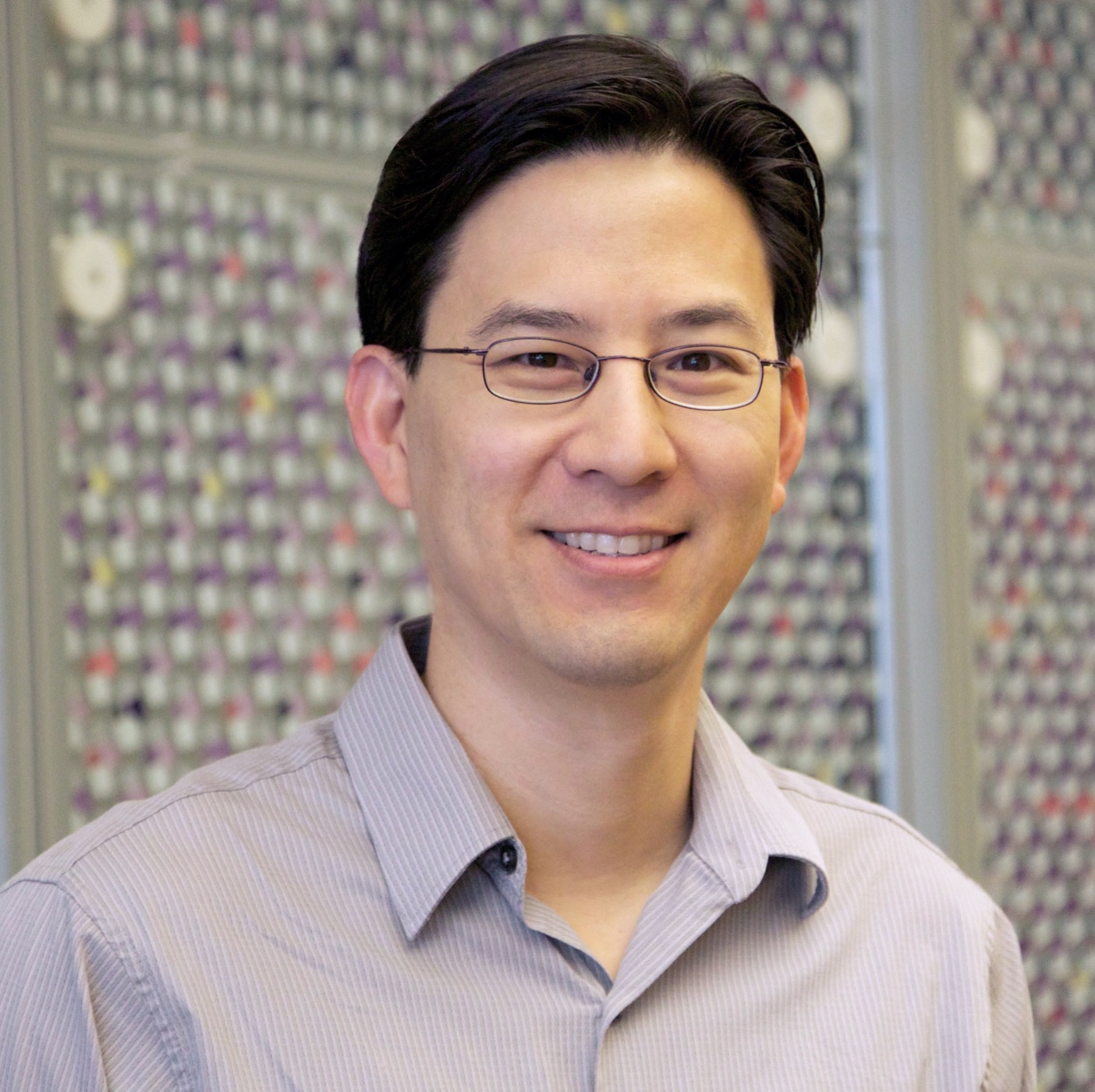
William Shih, Ph.D.
William Shih is a Professor in the Department of Biological Chemistry and Molecular Pharmacology at Harvard Medical School and the Department of Cancer Biology at the Dana-Farber Cancer Institute and a Founding Core Faculty member at the Wyss Institute for Biologically Inspired Engineering at Harvard. He studied Biochemical Sciences at Harvard for his A.B. and Biochemistry at Stanford for his Ph.D. He completed a postdoctoral fellowship at The Scripps Research Institute and has since been back at Harvard as a faculty member. Recognitions received include NIH Director’s New Innovator Award, Blavatnik National Award Finalist in the Physical Sciences, Foresight Prize Award in Experimental Nanotechnology, and Rozenberg Tulip Award in DNA Computing.
Research
We explore design principles for self-assembling molecular machines. As our model system, we primarily use structural DNA nanotechnology. We seek to apply our knowledge towards construction of artificial systems that help solve problems of biological and medical interest. Key research projects are as follows:
DNA-Based Architectures
For nanoconstruction, DNA origami provides amazing all-or-nothing self-assembly, however size is limited by the length of the scaffold. Due to the susceptibility to mechanical shearing of long DNA, it is highly challenging to manipulate scaffolds longer than about 10 kb. In contrast, much larger structures can be achieved with DNA tile assembly, however a lack of strict seed-dependence leads to limited control over copy number and the co-existence of partial assemblies. We are developing a tiling strategy — crisscross polymerization — that combines the absolute scaffold-dependence of DNA origami with the unbounded size of tile/brick nanoconstructions. We envision crisscross assembly will play a key role in extending all-or-nothing DNA construction into the microscale by minimizing contamination from partial or incomplete structures. We have special interest in algorithmic crisscross assembly to achieve large structures from smaller numbers of unique building blocks.
Single-Molecule Analysis Tools
The main impediments for affinity-based single-molecule identification assays boil down to two challenges of signal-to-noise: (i) perfect discrimination between cognate and near cognate, and (ii) zero-background amplification after each molecular identification of a cognate particle. With crisscross polymerization, we believe we have developed a foundation for solving this second challenge in a low-cost, enzyme-free fashion.
For non-affinity-based identification and characterization, In collaboration with the group of Wesley Wong from BCH and Wyss, we have been developing DNA nanoswitch calipers for massively parallel single-molecule identification, structure determination, and mechanical characterization. Our goal is to read protein structures tomorrow as easily as we read gene sequences today. We believe our calipers will usher in a new era for single-cell proteomics, structural biology, and synthetic-biology design of novel macromolecular devices.
Therapeutic Vehicles
DNA nanostructures have enjoyed wide interest for their potential as diagnostic and/or therapeutic platforms. One attractive feature is the precise geometric control over shape and site-specific decoration with ligands. In collaboration with groups of Ju Hee Ryu and Ick Chan Kwon at KIST, David Mooney at Wyss Institute and Harvard SEAS, and Cathy Wu at DFCI, our current focus is on DNA-origami pegboards that can present exact stoichiometries and spatial arrangements of ligands, such as CpG oligonucleotides, for immune polarization of dendritic cells. In this way, we hope to enhance vaccines against cancer.
Dana-Farber Cancer Institute
360 Longwood Ave
Boston, MA 02115
Wyss Institute at Harvard
3 Blackfan Circle
Boston, MA 02115
J Am Chem Soc
View full abstract on Pubmed
Nat Nanotechnol
View full abstract on Pubmed
View full abstract on Pubmed
Nat Commun
View full abstract on Pubmed
Nat Commun
View full abstract on Pubmed